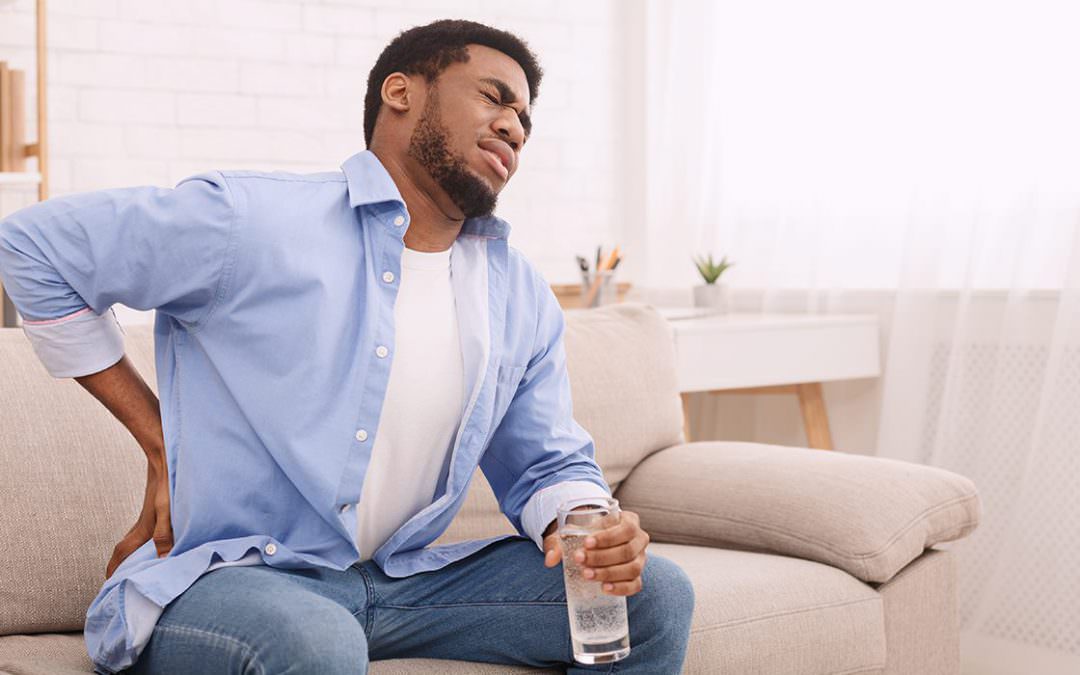Despite being one of the top causes of disability in the U.S., affecting around eight in 10 people in their lifetimes, back pain is an ailment often misunderstood by those affected, says Chicago physical therapist Dr. Marc Gregory Guillen.
Such misconceptions, Guillen adds, can cause those suffering from back pain to seek solutions, potential treatment paths, and even lifestyle alterations that aren’t necessarily in their best interests.
“Back pain can be as frustrating as it is debilitating, especially if past preventative measures and treatments haven’t been helpful,” said Dr. Guillen, owner of Free Body Physical Therapy & Wellness in East Humboldt Park / Wicker Park. “This can lead a person down paths that don’t result in the best and most necessary evidence-based treatments.”
Such paths, Dr. Guillen points out, can sometimes lead to treatments that are more expensive or personally invasive – and perhaps even unnecessary – such as MRIs and surgery.
“MRIs, shots, surgery, medication … these are last resort-type treatments,” Dr. Guillen said. “Most back pain issues can be successfully resolved through safer, more affordable and more effective treatment approaches.”
To help health care consumers make better decisions when considering solutions to their back-pain issues, Dr. Guillen sheds light on the following common back pain myths:
1. Bed Rest Helps with Relief & Healing:
Once a common treatment for back pain, research strongly suggests long-term rest can slow recovery and even make your back pain worse. Instead, treatment involving movement and exercise (i.e., strengthening, walking, swimming, etc.) often works better to hasten healing and provide relief.
2. The Problem’s in My Spine:
Back pain can be caused by a wide array of issues throughout the body as well as one’s environment. It can be a response to the way you move when you exercise, how you sit at work, the shoes you wear, the mattress on which you sleep, or simply your body compensating for movement limitations and weaknesses. Back pain doesn’t necessarily mean you have a “bad back,” or are predisposed to back pain.
3. I Just Need an ‘Adjustment’:
A manipulation can aide in a speedier recovery when combined with specific exercises tailored to your body. If you get ‘adjusted’ but no education is provided as to the root cause of your injury & an exercise regime has not been established, then I would question the providers’ rationale for only providing an ‘adjustment’. The goal should be to be empowered, not dependent on your provider & the adjustment.
4. Medications are the Answer:
A popular quick fix, medications should never be viewed as a long-term solution to chronic back pain issues. Over-the-counter pain relievers can help get you through in the short term, but many prescription pain meds can be dangerous, addictive, and even make the pain worse in some instances.
5. I’ll Probably Need Surgery:
Of people experiencing low-back pain, only about 4 to 8 percent of their conditions can and should be successfully treated with surgery, according to the Cleveland Clinic. Even 90-plus percent of herniated discs often get better on their own through a combination of rest and physical therapy. Recent research suggests that most surgeries, when compared to physical therapy, have the same long term outcome (spinal decompression or laminectomy, etc…). So why operate? Find a therapist who spends quality one on one time with you for the best outcome. The sooner you see your therapist, the sooner you can return to doing the things you love.
6. I Need a Referral to See a Physical Therapist:
Multiple studies have concluded that physical therapy is one of the safest and most effective ways to both treat and prevent back pain. And in nearly every state, patients can access physical therapy services without first getting a physician’s prescription. Why not save time and months of unnecessary medication and imaging and go straight to your physical therapist.

